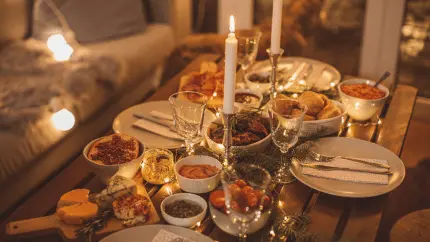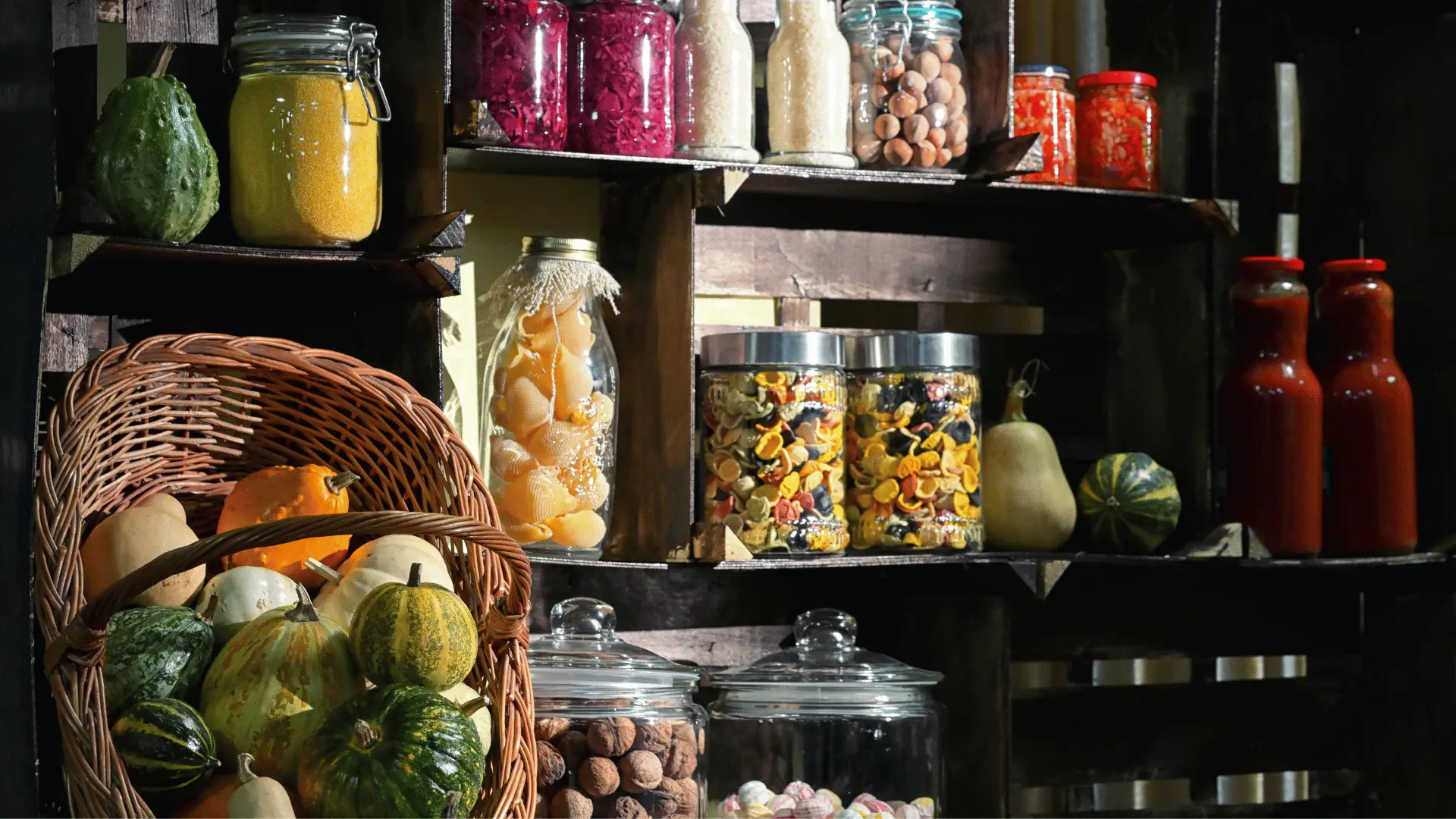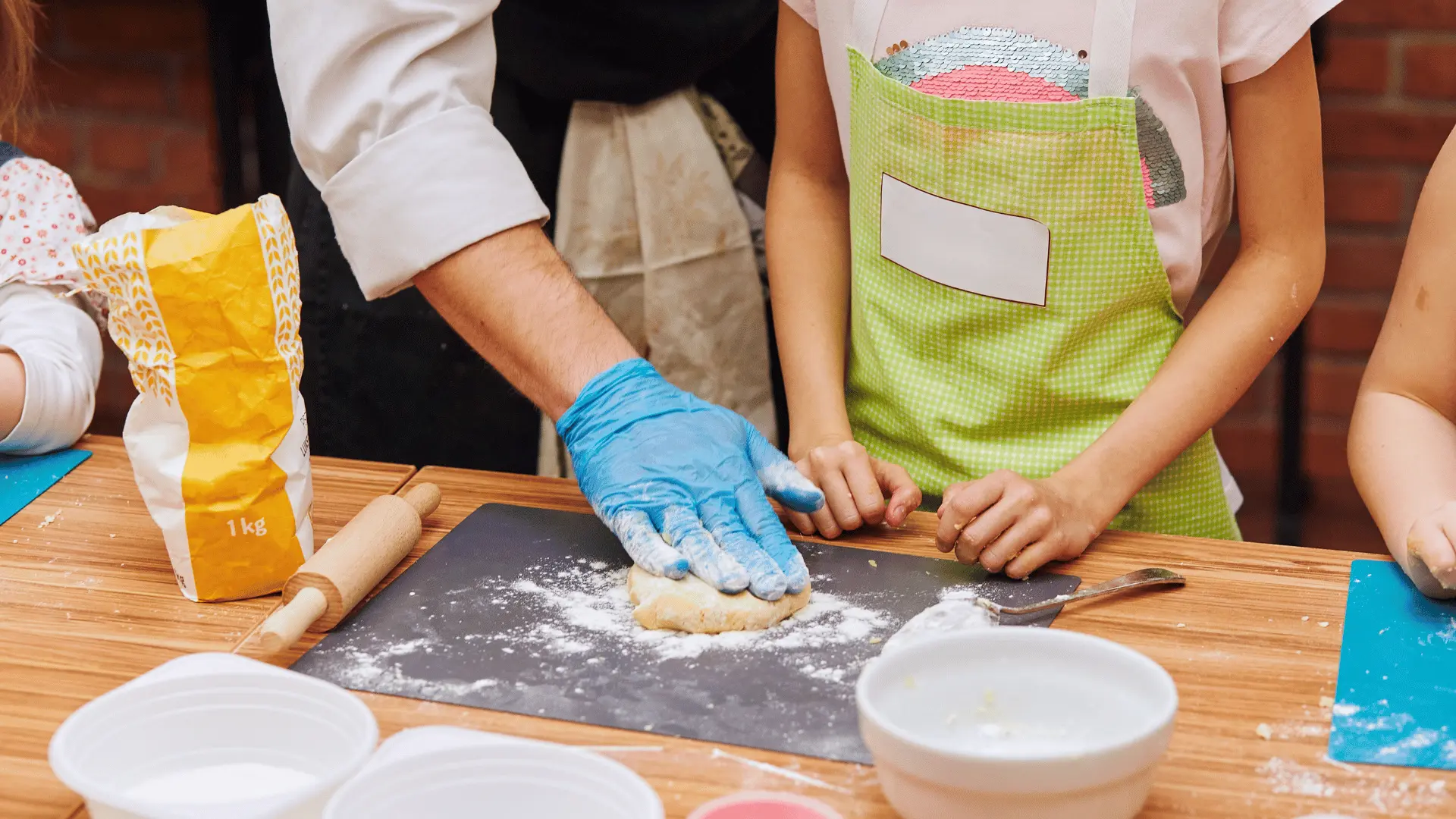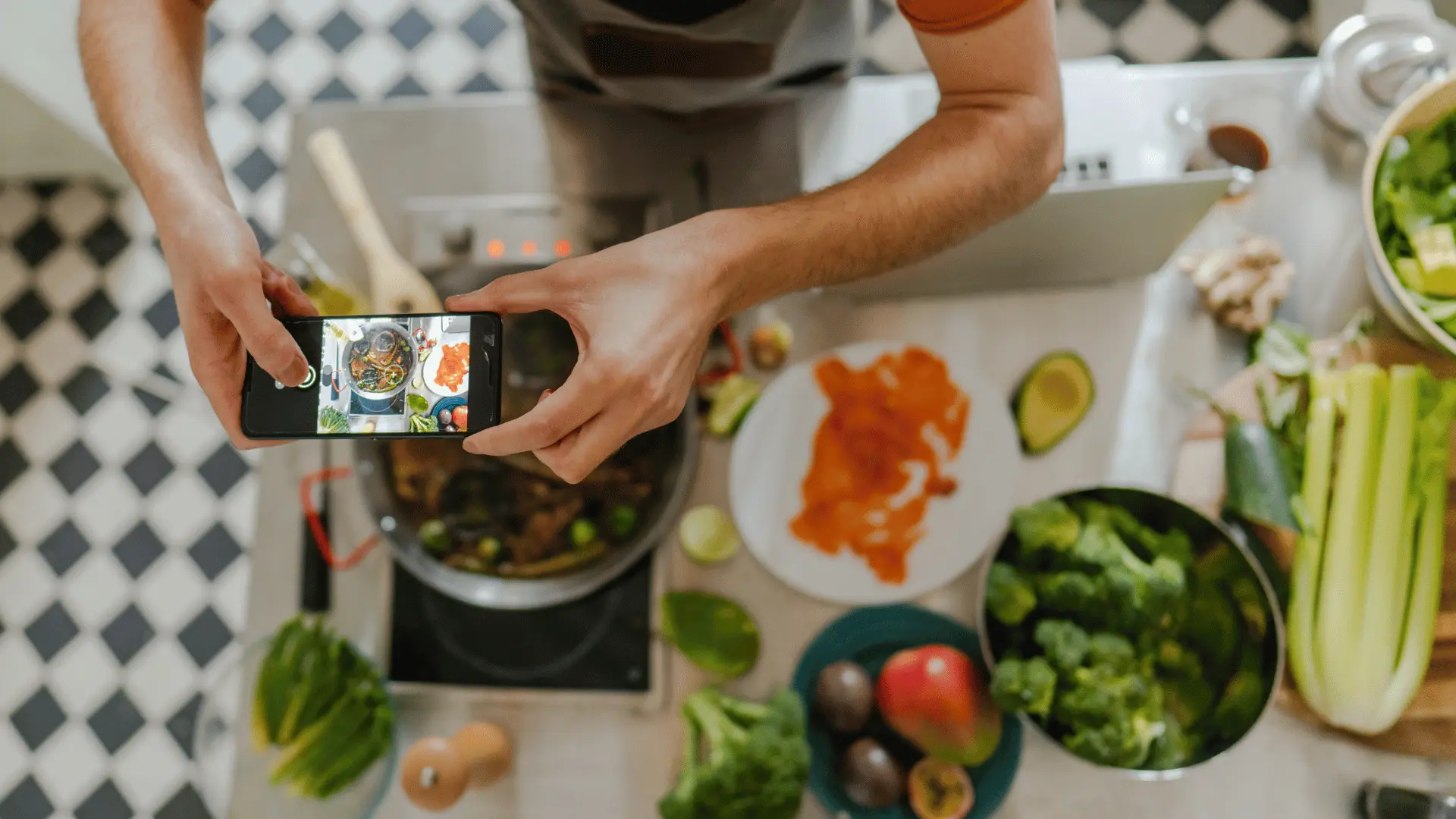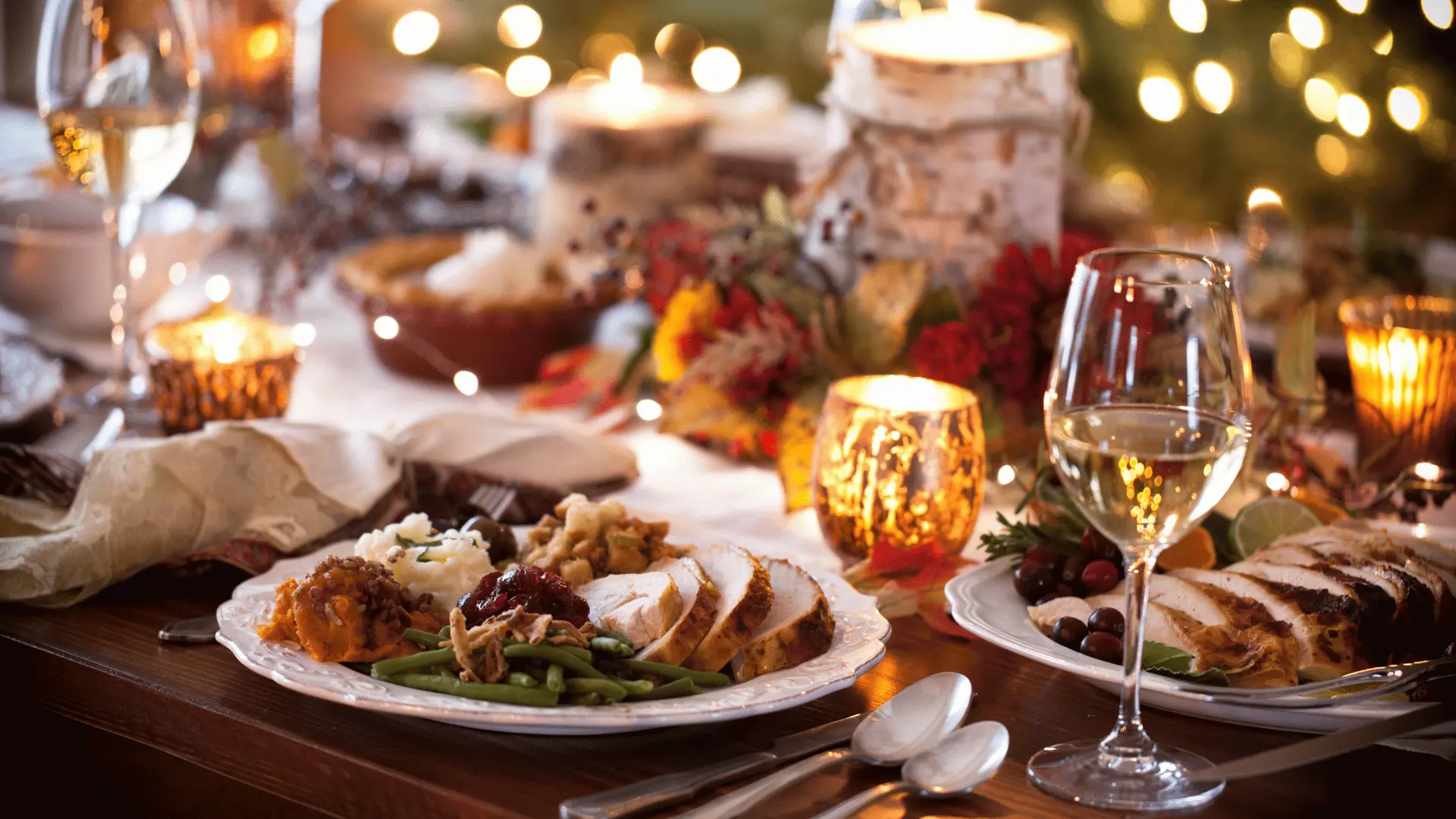
Holiday Recipe Traditions to Digitize This Year
Every holiday season has its flavors. The scent of cinnamon and cloves drifting from the oven, the sound of sizzling oil as latkes hit the pan, the sight of frosted cookies lined up like jewels across the kitchen counter. These aren’t just meals—they’re holiday recipe traditions, woven into the very fabric of our families. Yet too often, those traditions live only in memory, tucked into handwritten recipe cards or the minds of our elders.
We know how quickly food traditions can vanish if they’re not preserved. The good news? Digitizing your recipes is easier than ever, and it doesn’t mean losing the personal touch—it means ensuring that the flavors, stories, and love behind them are safe for generations to come.
Why Digitize Holiday Recipe Traditions?
Handwritten recipes and oral instructions are beautiful, but they’re fragile. Paper fades, accidents happen, and memories slip. By digitizing holiday recipes, you give them new life while keeping their history intact. You can photograph the original cards, capture the stories behind them, and share them with family members across the globe. Suddenly, grandma’s pecan pie isn’t just a memory—it’s accessible to cousins in California, grandkids in Chicago, and relatives overseas.
Digitizing doesn’t mean replacing tradition. It means preserving it in a way that blends old and new, so your recipes—and the memories that come with them—can keep bringing families together.
Holiday Recipe Traditions Worth Preserving
Every family has its holiday staples, but here are a few types of recipes especially worth digitizing this year:
1. The Once-a-Year Showstoppers
These are the recipes that only appear at the holidays, making them extra special. Think Christmas roasts, Hanukkah brisket, Thanksgiving stuffing, or Easter breads. Because they’re tied to rare occasions, they’re also at the highest risk of being forgotten. Digitizing them ensures they don’t slip through the cracks between celebrations.
2. Generational Desserts
Pies, cookies, and cakes often carry deep family roots. Whether it’s your great-aunt’s pumpkin pie or the cookie recipe that’s been passed down for three generations, desserts are where nostalgia and sweetness collide. Snap photos of the original cards (flour smudges and all) and upload them alongside the stories of who baked them and why.
3. Cultural & Heritage Dishes
For many families, holiday recipes reflect cultural identity. Tamales at Christmas, pierogi on Christmas Eve, challah at Hanukkah, or gumbo on New Year’s Day. These dishes aren’t just food—they’re links to ancestry. Digitizing them helps preserve not just the ingredients but the heritage behind them.
4. The “Secret Ingredients”
Every family has them—recipes with unwritten rules or secret additions. Maybe your mom always added a splash of orange juice to cranberry sauce, or your grandfather insisted on using bacon fat in cornbread. These details rarely make it to paper, but digitizing allows you to capture them in context, along with the stories that explain why they matter.
5. Kid-Friendly Classics
Think of the cookies you decorated as a child, the hot chocolate with marshmallows, or the gingerbread houses you built year after year. These recipes create core childhood memories and are perfect for passing down to the next generation. Digitizing them makes it easy to reintroduce these traditions as your family grows.
6. The “Disaster Stories”
Not every holiday recipe went smoothly—and that’s part of the fun. Maybe there was the turkey that caught fire, or the pie that collapsed but was still devoured. Recording these stories alongside the recipes ensures the humor and humanity of family traditions aren’t lost.
How to Digitize Holiday Recipes
Digitizing recipes doesn’t have to be complicated. Here are a few practical tips:
- Photograph the originals: Keep the character of handwritten cards, clippings, or stained notebook pages by photographing or scanning them.
- Record the stories: Ask family members to share when they first made the dish, why it matters, or who taught them. Write it down or capture audio.
- Add multimedia: Pair recipes with photos of the dish, video clips of cooking, or even voice recordings of relatives giving instructions.
- Organize smartly: Sort by holiday, family member, or type of dish so it’s easy to browse later.
- Collaborate: Invite family members to contribute their own recipes, variations, and stories.
Using Recipe Memory to Preserve Recipes
While there are plenty of ways to digitize, platforms like Recipe Memory make it simple to keep everything in one place. With Recipe Memory, you can upload photos of recipe cards, add notes about family traditions, and invite relatives to contribute their own memories. It turns your holiday recipes into a collaborative digital heirloom—one that grows richer every year.
Instead of losing track of recipes in scattered texts or emails, Recipe Memory creates a central hub for your family’s culinary history. That means your niece in college can pull up Grandma’s stuffing recipe on her phone, while your uncle can share his tweaks to the gravy—all in real time.
Holiday Traditions to Capture This Year
Looking for inspiration on what to start digitizing? Here’s a short list of traditions that families often regret not recording sooner:
- Thanksgiving: Stuffing variations, secret gravy tricks, and favorite pie recipes.
- Christmas: Cookie swaps, tamales, roasts, or treasured candy recipes.
- Hanukkah: Latkes, brisket, sufganiyot, and family rituals tied to them.
- Kwanzaa: Soul food recipes and celebratory dishes tied to cultural roots.
- New Year’s: Black-eyed peas, collard greens, dumplings, or family-specific “good luck” meals.
By capturing these recipes now, you’re not just saving instructions—you’re preserving history, laughter, and love tied to the holidays.
The Emotional Impact of Preserving Recipes
Holiday recipes do more than feed us—they comfort us. They remind us of loved ones who are no longer at the table and allow us to carry their presence into every bite. When you digitize these traditions, you’re not just protecting recipes—you’re protecting identity, memory, and connection.
Imagine your children one day scrolling through a digital cookbook, seeing not only the recipe for gingerbread cookies but also a video of their grandparents decorating them. That’s the true magic of digitization: blending tradition with technology in a way that keeps memory alive.
Key Takeaway
This holiday season, don’t just cook the dishes—capture the stories. By digitizing your family’s holiday recipe traditions, you’re preserving flavors, history, and love for generations. With Recipe Memory, it’s easy to build a digital family cookbook that ensures no recipe, story, or tradition gets lost in time.
Because when the decorations are packed away and the leftovers are gone, what lingers is the memory. Let’s make sure those memories are preserved, one recipe at a time.
Love what you’re reading?
Join Recipe Memory today to save your favorite recipes, plan meals with ease, and create smart grocery lists ...all in one place.
